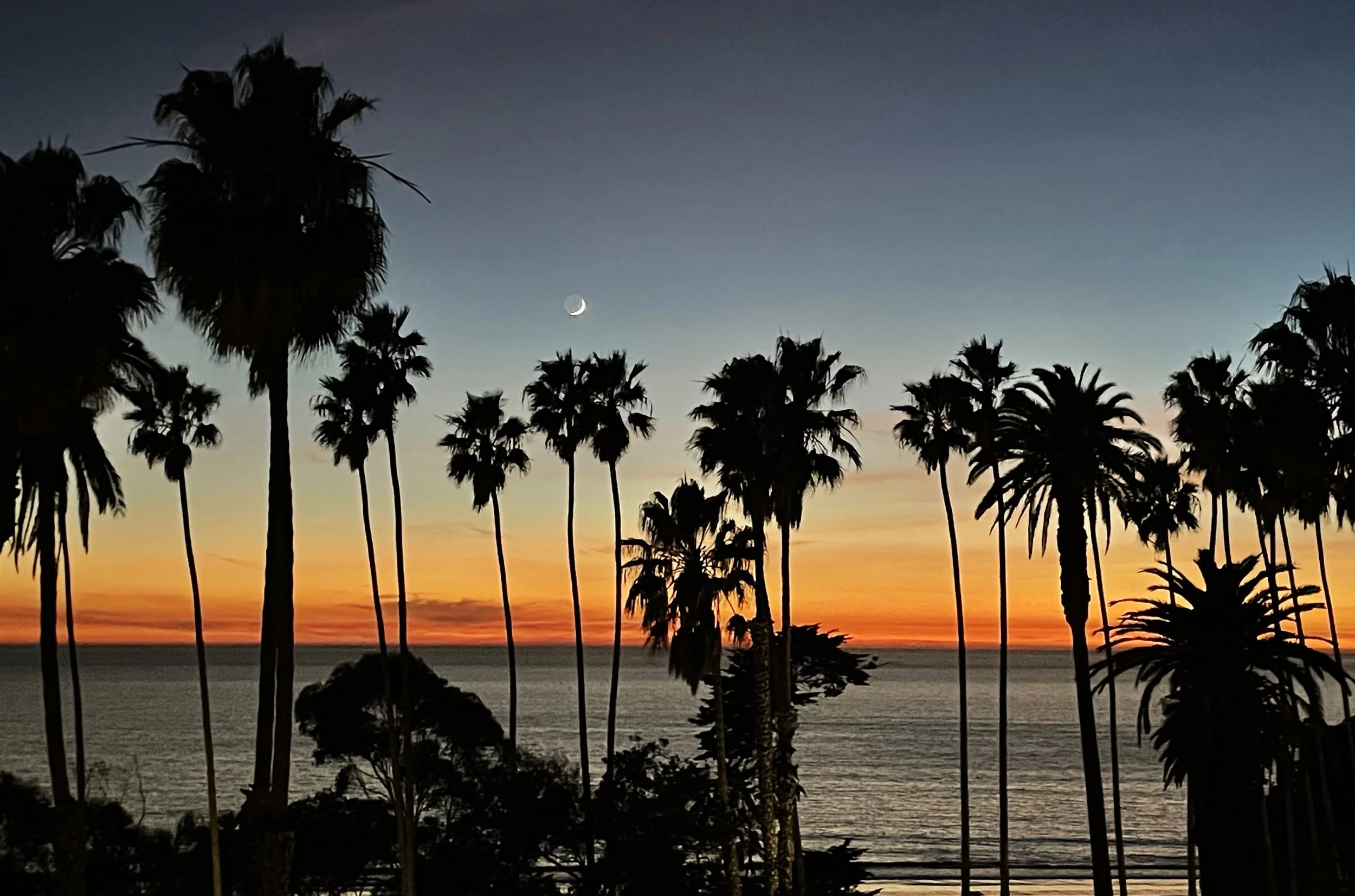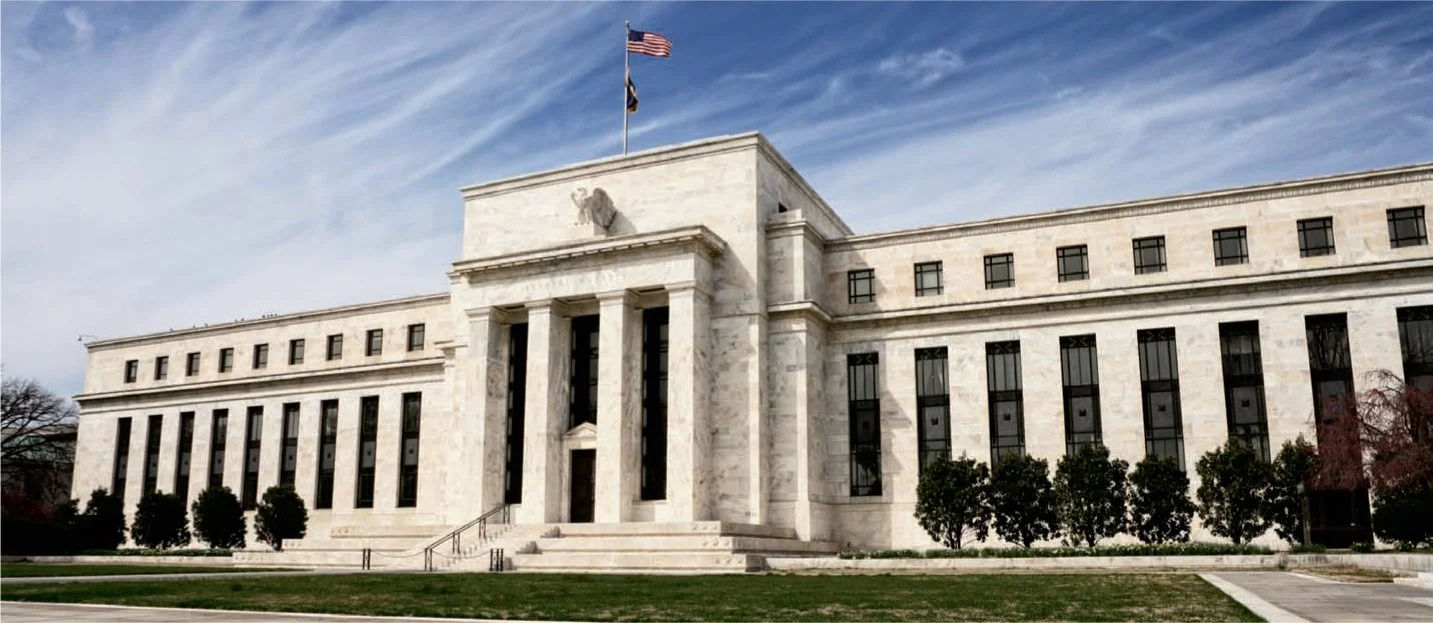It’s been a wild rollercoaster of a year so far. With plenty of ups and downs: never ending risk on, risk off. Markets are booming one minute and burning the next. But underlying all the noise, we do see a couple key themes to be mindful of that are driving our positioning…
The Long Run: Charting a Resilient Course
My son Christopher recently returned from a week at the Steens Mountain Running Camp, a place known for forging both exceptional athletes and resilient young adults. Day two is infamously known as the "Big Day:" a grueling 28-mile trail run that snakes its way up and down the rugged, breathtaking Steens Mountain. It's a daunting physical and mental challenge that demands everything a person has.
As I listened to him recount the endless switchbacks and the sheer perseverance required, it struck me how much this mirrors our current investment landscape. Whether you're navigating a winding mountain trail or a volatile market, success isn’t about a single burst of speed. It requires a clear focus, immense patience, and the wisdom to surround yourself with smart, reasonable, and determined individuals who can help you push through the hard times. This year, more than ever, we've relied on that very same approach. It's a philosophy that has guided us through the market's noise and complexity, and it's what has enabled us to protect and grow your wealth.
Navigating the Investment Crossroads: Avoiding Speculation and Finding True Value in 2025
From the very founding of this firm, we believed that we were uniquely prepared to embrace volatility, identify opportunities, and be strategic and calm in the face of chaos (obligatory and heart-felt thank you to our parents). To be clear, there are lots of things that we worry about (tech valuations and a possible recession). And plenty of things are outside of our control (clear and cogent policies so businesses can plan accordingly). But what we aren’t worried about are our clients’ long-term portfolios.
We view managing risk in investment portfolios as one of our key responsibilities. And this is one of the most challenging investment landscapes that we have ever seen.
Standing on the Shoulders of Giants
On August 5th, the Japanese stock market declined by 12% in a single day and the next day it increased by 10%. There is no possible way that Japanese businesses were worth 12% less on one day and 10% more the following day. Academics and the wall street money machine would have us believe that “markets are efficient.” The prospects of this theory are as absurd today as when Benjamin Graham wrote his seminal work on value investing, The Intelligent Investor.
2024 marks the 75th anniversary of the prescriptive investment wisdom by the late Benjamin Graham. After his own father - Warren Buffet considers Benjamin Graham the second most important person in his life, saying "He embodied what Walt Whitman described as, ‘Men who plant trees that other men will sit under.’ ”
Adjusting the Sails
Long in the making, my family explored Paris, the French countryside and the Normandy region in June and July. As I was reflecting on our trip during the flight home, I took note of what made our trip such a success: the inherent uncertainty of travel, excitement for the unknown, thorough preparations, a curiosity and thirst for growth, flexibility to adapt, and an optimistic attitude that no matter what we encountered, we can thrive.
In reviewing our current allocations and positioning, it is not lost on me that these same traits are guiding our investment decisions. As Nick writes in this quarter’s newsletter, despite economic and political volatility and all the associated unknowns, we feel very, very good about our current strategy.
Sunny days are on the horizon!
Over the last couple months we have seen many analyst reports calling for a reemergence in the growth of earnings and generally an upbeat/bullish outlook for the economy and stocks. The narrative goes: The Fed has finished hiking interest rates, and it will soon lower the fed funds rate creating a stimulative impact on the economy and market. The market has celebrated this narrative with many calling for a “soft landing” and pricing in as many as 5 Fed rate cuts. As a result, many market analysts are “all in.” Some of those young folks have proclaimed a generational buying opportunity. We couldn’t disagree more with this outlook.
Outperforming requires an unconventional portfolio
From our founding days at Pilot Wealth Management, we have been consistently and unabashedly value investors. We like to buy things that are undervalued by fundamental measures and ideally aligned with principled people who steward their investors capital as if it were their own. With any investment style, there are times when it has “underperformed” and there are times when it has “outperformed” the market averages. The performance of the “60/40” traditional portfolio’s performance has been abysmal of late. This is not the case with the portfolios we have assembled for you. Since the S&P 500 peaked at the end of 2021, our largest holdings have certainly outperformed.
Bank Failures and Should We Be Worried?
Over the last week we have had two banks in the United States fail. One of those banks, Silicon Valley Bank was the 16th largest bank by assets and deposits with over $200+B and $170+B respectively. While I don’t want to minimize the importance of this as there are a significant number of depositors and businesses exposed, I don’t believe this is going to lead to a widespread systemic banking crises. This will be resolved in short order, but we do have reason to be worried.
Price Redux & Recession?
We're Not in Kansas Anymore
In 1964 Henry Littlefield wrote an article explaining the political and economic allegory in the book, The Wonderful Wizard of Oz. The book, written by Lyman Frank Baum and published in 1900 describes a number of metaphors explaining the economic and political realities facing the country in the 1890s. Following the Mid 1800s “Gilded Age” and subsequent depression era, the wealth gap had become untenable and a number of politicians thought that an inflationary expansion of the monetary policy could be the answer to help the average American. Unfortunately, just like today, economic upheaval ensued. The tornado swept up Dorothy and displaced them into the land of OZ and she exclaimed, “We’re not in Kansas anymore.”
Inflation, the Fed, and Investment Implications
We have written in the past that all eyes are on the US Federal Reserve - and they are in quite the pickle. The Fed funds rate, or the rate at which the Fed regulates the overnight lending rate for the US banking system, is used to set the bar for the valuation of all assets around the globe. The Feds most important mandate is to hold inflation steady at 2% and there by facilitate the orderly functioning of the US (and global) economy. With this over simplified measure, the Fed has failed miserably having held interest rates too low for far too long…
The Rollercoaster: Volatility, Inflation and Opportunity
Volatility has returned. Nick has lots of thoughts to share in his note below, but this is the highlights from my vantage point:
Inflation is here and we were uncannily positioned to reap the rewards.
Interest rates have soared to the detriment of those that need money to sustain ridiculously high valuations and growth.
We love volatility and times like this! We continue to outperform the market so far and remind ourselves that this is when we sew the seeds for future returns.
Note Against the Backdrop of Ukraine
Let me first begin by offering that the humanity of the current developments in Ukraine are not lost on us. While we have been deeply focused on portfolios and the risks and opportunities that we face due to the current conflict, we are saddened for the people of Ukraine and that we find ourselves in this situation. As a global community, I wish we could learn from our past mistakes. My youngest son asked me this morning "how does killing each other solve problems?" To some questions, I do not know the answers.
Groundhog Day: Have We Been Here Before? A Review & Outlook
It has been quite the past 12 months on all fronts. On the personal front, this time last year my family and I were finishing up our home remodel, living in a tiny rental, and helping our kids through online, remote learning. The pandemic had slowed the economy but was starting to come back. Nick and I would Zoom each other discussing the insanely high valuations on technology companies while betting the farm that inflation would impact more than just lumber and construction costs. As we begin 2022…
What A Difference A Year Makes
I’m not sure anyone was prepared for the wild ride that was 2020, let alone the rosy market that we have experienced in the first half of 2021. While technology investors aren’t too happy with their recent losses, we are pleased with our results. Emerging markets, international value and commodities related stocks have done well, but real economic growth (after inflation) is far from certain, as is real returns from bonds. Inflation of course has reared its head, but how stubborn will commodity and labor prices be? And will it be enough to spur longer term inflation? Our non-conventional portfolios have paid off handsomely over the last 12 months. We will likely continue to do well in this Federal Reserve, stimulus driven wonderland we are experiencing.
Turbulence & Possible Foreshadowing
This quarter has been a wild ride in markets. By just looking at the major indexes (S&P 500 for example) it appears to have been a fairly ordinary, run-of-the-mill quarter. When you look at the sectors and individual names you get a much more turbulent picture, however. This turbulence is important to be aware of and is giving us clues of potential market weakness. Over-valued technology names, excessive leverage in the system and a significant change in inflation expectations foreshadow volatility and necessitate a cautious stance.
Partners With You!
This time last year, I was enjoying a few bluebird days at Bandon Dunes Golf Resort with some dear friends. Little did I realize what would soon ensue. The past 12 months have brought us a global pandemic, wildfires throughout the west, mass unemployment, an upended business environment, huge government financial intervention, social unrest, and a quickly changing landscape on nearly all fronts from healthcare to education to shopping.
The Jekyll & Hyde Market
With the election behind us, many are wondering what’s next in a year that has proven to be a very volatile market. As such, I thought it would be helpful to review what we own and some recent performance. In our last letter I mentioned that we were in a stock market bubble. Why weren’t we reducing our exposure to stocks then? Recall I described a Jekyll and Hyde type scenario where large tech-oriented companies were approaching record over valuation, while other industries and broad asset classes were very reasonably valued.
Finding Conviction: We Are Unabashedly Value Investors
Election day is finally here. And regardless of outcome, today feels like one of the final chapters in what has proven to be one of the crazier years in modern history. To say we are living through strange times is a gross understatement. Wildfires throughout the west. Global pandemic. Mass unemployment and an upended business environment. Huge government financial intervention. Social unrest. Quickly changing landscape on nearly all fronts from healthcare to education to shopping. 2020 has at times been exhausting, polarizing and can feel like we have lost control.





















